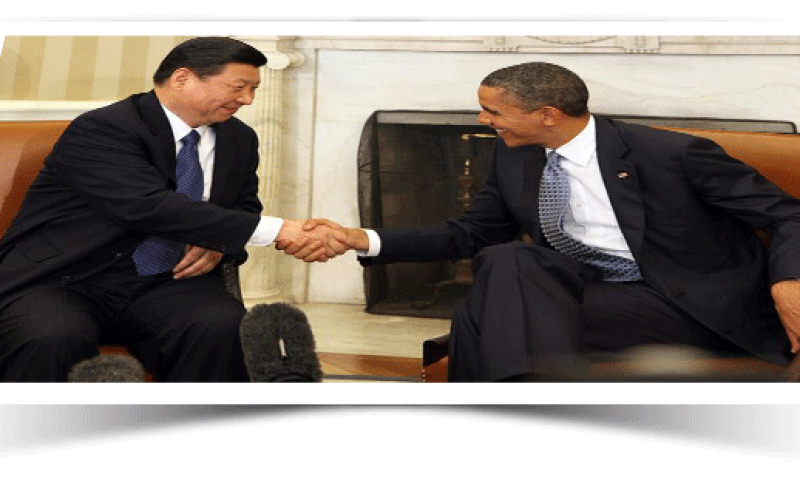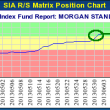Tensions in Asia are rising, as China attempts to move toward a more market driven economy. This, combined with the ongoing ultra loose monetary conditions in Japan, has elevated the threat of a financial crisis in the region between now and the end of 2013.
by Scott Minerd, Global CIO, Guggenheim Partners LLC
The macroeconomic outlook for China continues to deteriorate. Premier Li Keqiang’s program to hold banks accountable for their reckless lending practices is having a number of unintended consequences, including an elevated risk of a financial crisis over the next six months. Importantly, the line of reasoning being followed by Chinese monetary authorities is exactly that which the U.S. government adhered to in 2008 when it decided not to prevent the collapse of Lehman Brothers. I view the probability of a parallel outcome in China as around 10 percent right now. Although it is not the base case scenario, the possibility of an unintended financial crisis in China is gravely concerning given the severity of the potential consequences.
Chinese officials have shown that they are willing to tolerate a lower growth rate than originally anticipated as they attempt to reduce the moral hazard in the financial system. This, combined with instability in Japan as Abenomics continues, puts all of Asia in a precarious situation. If the bad news becomes worse and volatility rises further, there will inevitably be greater knock-on effects for the global economy and markets. We could see a return to safe-haven U.S. Treasury buying, which would push down interest rates in the United States.
Gauging Countries’ Export Exposure to China
China’s economic growth will likely continue to slow in the near-term, given the chaos in the banking system and the potential squeeze of credit to the real economy. Economic growth in other emerging markets is likely to be severely hit if demand from China falters. Measuring by export exposure to China, Asia-Pacific countries and those driven by commodity exports are most vulnerable to a slowdown in China. By comparison, the direct impact on most advanced economies appears to be moderate, as their exports to China account for a much smaller share of GDP.
Chart of the Week
Major Economies’ Exports to China as a Percent of GDP

Source: Haver Analytics, Guggenheim Investments. Data is annual trade data as of 12/31/2012.
Economic Data Releases
Jobs Report Strong Across the Board
- Non-farm payrolls rose a much better-than-expected 195,000 in June. May’s payrolls were also revised up to 195,000.
- Hourly earnings jumped 0.4% in June, the most in seven months.
- The unemployment rate was unchanged in June at 7.56%.
- Initial jobless claims edged down for the week ended June 29th to 343,000 from 348,000 the previous week.
- The trade deficit widened in May to $45 billion, the largest in six months.
- The ISM non-manufacturing index dropped to 52.2 in June, the lowest since February 2010.
- The NFIB small business optimism index decreased to 93.5 in June, after rising for three months.
Germany Falters in May, More Worrying Signs in China
- Euro zone retail sales rebounded 1.0% in May, reversing three-months of decline.
- Industrial production in Germany fell 1.0% in May, after three straight monthly gains.
- German factory orders decreased 1.3% from April to May, the second consecutive month of decline.
- German exports dropped 2.4% in May, the most since December 2011.
- Industrial production in the U.K. was flat in May, missing estimates of 0.2% growth.
- China’s official non-manufacturing PMI showed a slower pace of expansion in June, falling to 53.9, the lowest since September 2012. The HSBC services PMI ticked up to 52.3 from 52.2.
- China's exports fell 3.1% during June, the most since October 2009,
- China’s CPI increased to 2.7% in June, the highest in over one year.
- Japan posted a current account surplus for a fourth consecutive month during May, even as the trade deficit widened to ¥906.7 billion.















